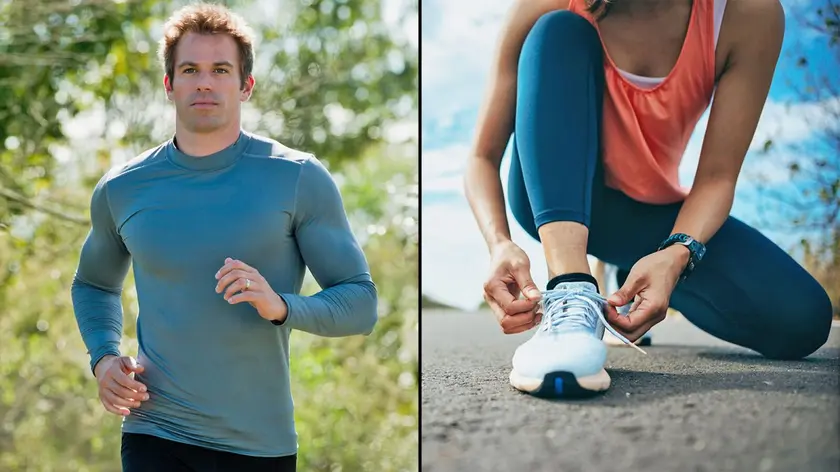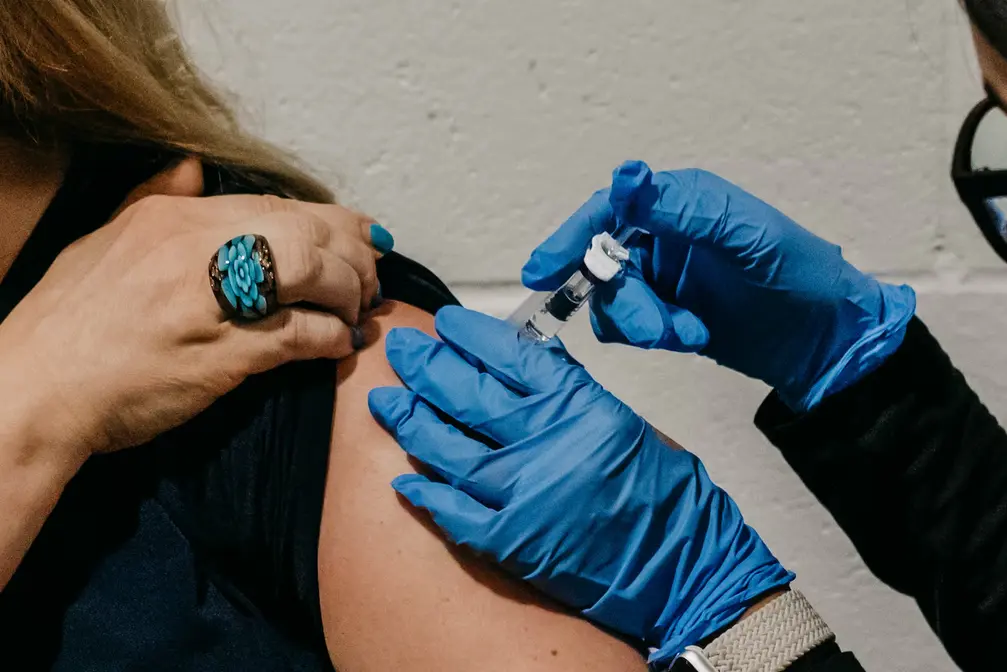T4K3.news
New running guidelines to reduce injuries
A major study urges slower progression and smarter shoe strategy to cut injuries among midlife runners.

A Danish study suggests injuries in midlife runners often follow a single large training jump and questions common tech driven guidance.
The new rules of running without getting injured
A Danish study followed 5,200 recreational runners with an average age of 45 over 18 months. About 35 percent sustained a running related injury. The researchers found that injuries often appeared after a single ill judged increase in distance or intensity, not gradually over weeks. They also challenged popular coaching apps and smart watches that push a 20 percent weekly load rise guided by the Acute Chronic Workload Ratio, saying the method rests on thin evidence.
The team lays out new guidelines. For beginners, especially those with BMI 30 or more or a history of injuries, they recommend starting at 3 km per week and rising very slowly. Normal weight newcomers can start up to 6 km per week, with no more than a 5 percent increase per week. They advise checking shoes for wear, moving to new models gradually, and rotating two or more pairs to vary loads. They also warn that carbon plate shoes may not suit casual runners and can boost injury risk when switching shoes, especially in the first sessions.
Key Takeaways
"Running injuries can be roughly divided into two categories: the acute injuries such as twisting an ankle or overuse injuries."
Nielsen explains the two-category view of injuries.
"They think they are following a scientific method to avoid injuries but in reality they are using an algorithm that cannot predict injury risk at all."
Nielsen critiques ACWR driven guidance.
"Mixing things up with your running, be that your shoes, surfaces or duration of a run within reason, helps to minimise the repetitive overloading that leads to niggles and pain."
Hill on variability in training.
"Millions of runners receive incorrect guidance from their coaches or sports watches every day."
Nielsen on how guidance can mislead the public.
This study shifts the debate from rigid rules to prudent, personalized pacing. It highlights a gap between consumer wearables and real world risk, suggesting that safety comes more from gradual exposure than from chasing a numerical plan. If runners heed slower progression and diversify loads, injuries could fall; the challenge is translating complex data into clear, trustworthy guidance for everyday runners.
Highlights
- Large jumps in distance raise injury risk in a single session
- Algorithms can mislead runners by promising injury prevention
- Change shoes gradually when switching models to avoid surprises
- Rotate shoes to expose different loads and reduce niggles
Wearable training guidance under scrutiny
The study questions the reliability of ACWR based apps and other algorithm guided plans, highlighting potential safety concerns and the need for cautious adoption by everyday runners.
Small adjustments over time can protect legs as running stays a simple, steady joy.
Enjoyed this? Let your friends know!
Related News

Estrogen protects kidneys from ferroptosis

Antidepressant withdrawal gaps

Health benchmarks may be too strict

Longevity exercises

MLB trade deadline approaches with teams under pressure

Transfer news intensifies as deadline approaches

Body quirks draw online attention

Older adults prove strength can outpace age
